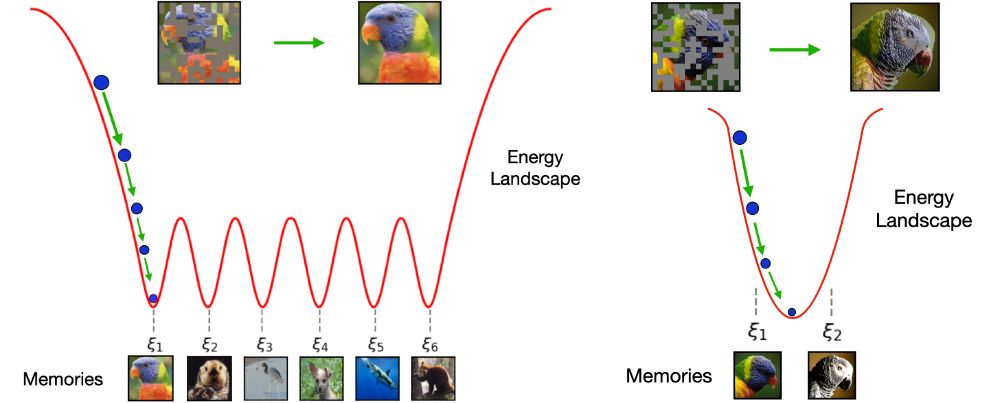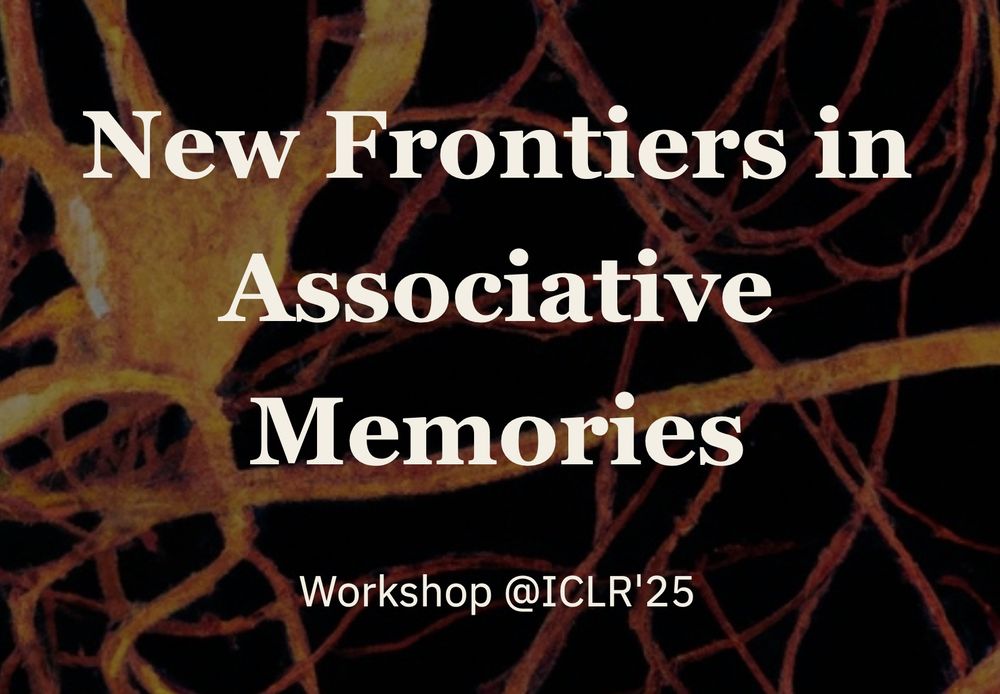Bao Pham
@baopham.bsky.social
26 followers
17 following
4 posts
PhD Student at RPI. Interested in Hopfield or Associative Memory models and Energy-based models.
Posts
Media
Videos
Starter Packs
Pinned
Reposted by Bao Pham
Reposted by Bao Pham
Reposted by Bao Pham
Bao Pham
@baopham.bsky.social
· Dec 5



